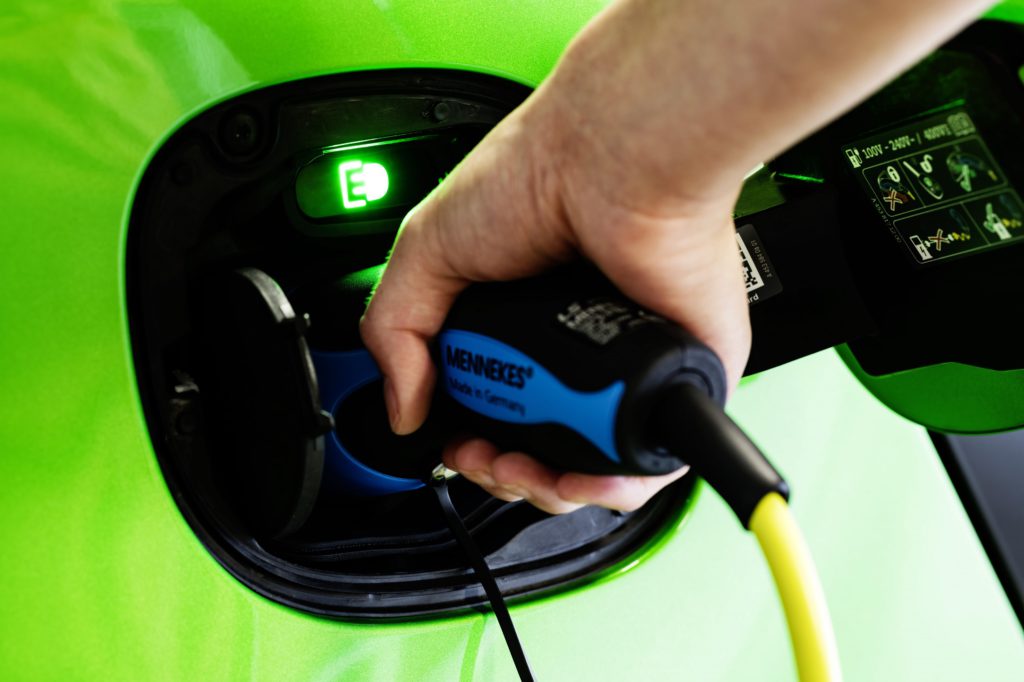Survey: What does the UK need to achieve ambitious ULEV targets?
18 October 2019

18 October 2019
(function(t,e,s,n){var o,a,c;t.SMCX=t.SMCX||[],e.getElementById(n)||(o=e.getElementsByTagName(s),a=o[o.length-1],c=e.createElement(s),c.type=”text/javascript”,c.async=!0,c.id=n,c.src=[“https:”===location.protocol?”https://”:”http://”,”widget.surveymonkey.com/collect/website/js/tRaiETqnLgj758hTBazgd5T9VXT5NThYkZRgUlZXRKA0_2Bll6BRKxrQU7mKW6uSFU.js”].join(“”),a.parentNode.insertBefore(c,a))})(window,document,”script”,”smcx-sdk”);
The UK Government has set out an ambitious target of 50% of car sales being ultra-low-emission vehicles (ULEV) by 2030. That means around 1.25 million sales a year, In 2018, ULEV sales came in at just over 60,000 units.
Therefore, it is clear that the UK Government will need to do more to promote the uptake of electric, plug-in hybrid and even hydrogen vehicles to ensure these targets are met. There are a number of options available, and Autovista Group is asking readers of the Daily News Brief which will be the most important in meeting this goal.
Will a better charging infrastructure allow for more people to feel confident in buying an electric vehicle, or should the UK concentrate on being a development hub for battery technology, which will allow manufacturers to extend electric vehicle ranges. Alternatively, should hydrogen development in the country be strengthened, or even the infrastructure of the new fuel be increased? Perhaps even incentives should be introduced.